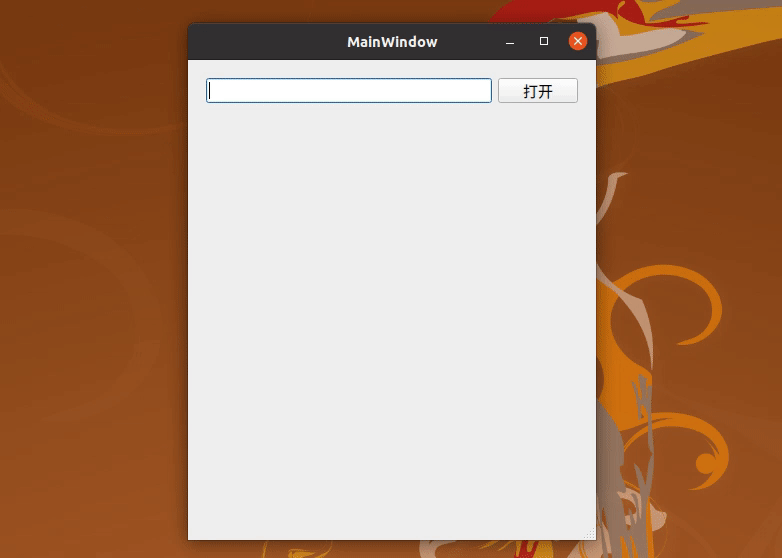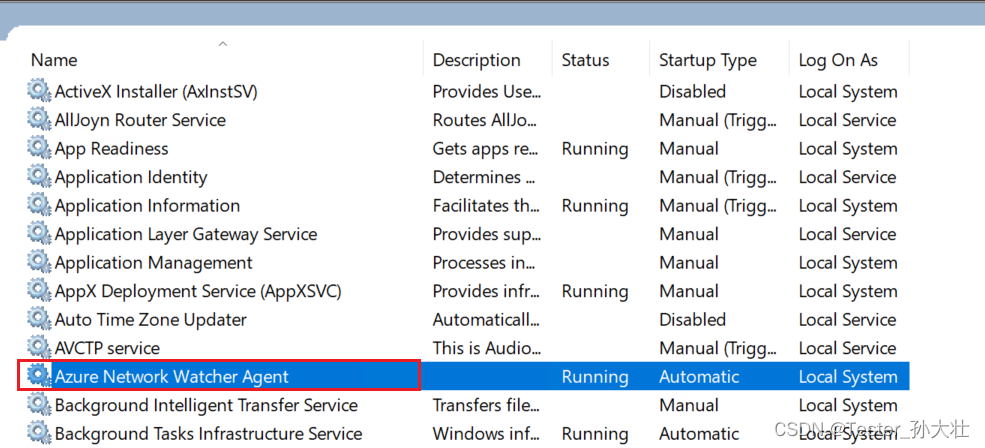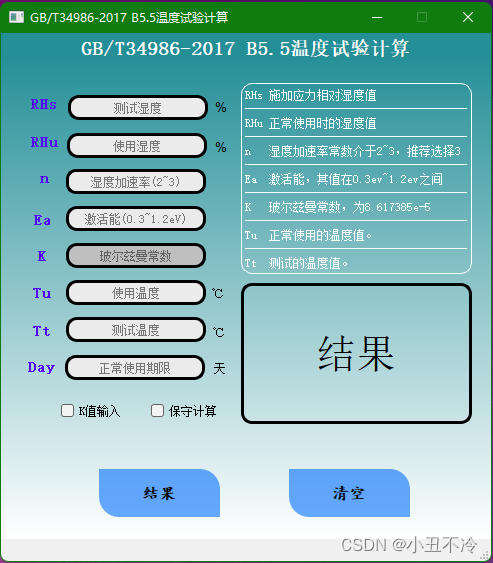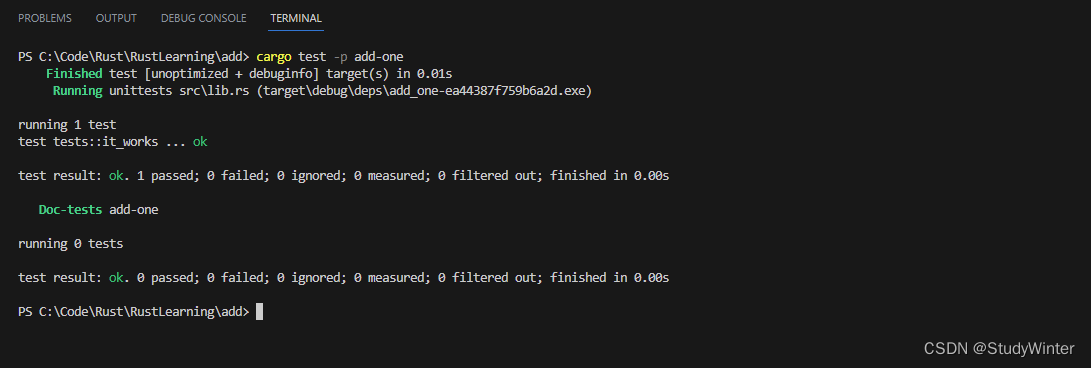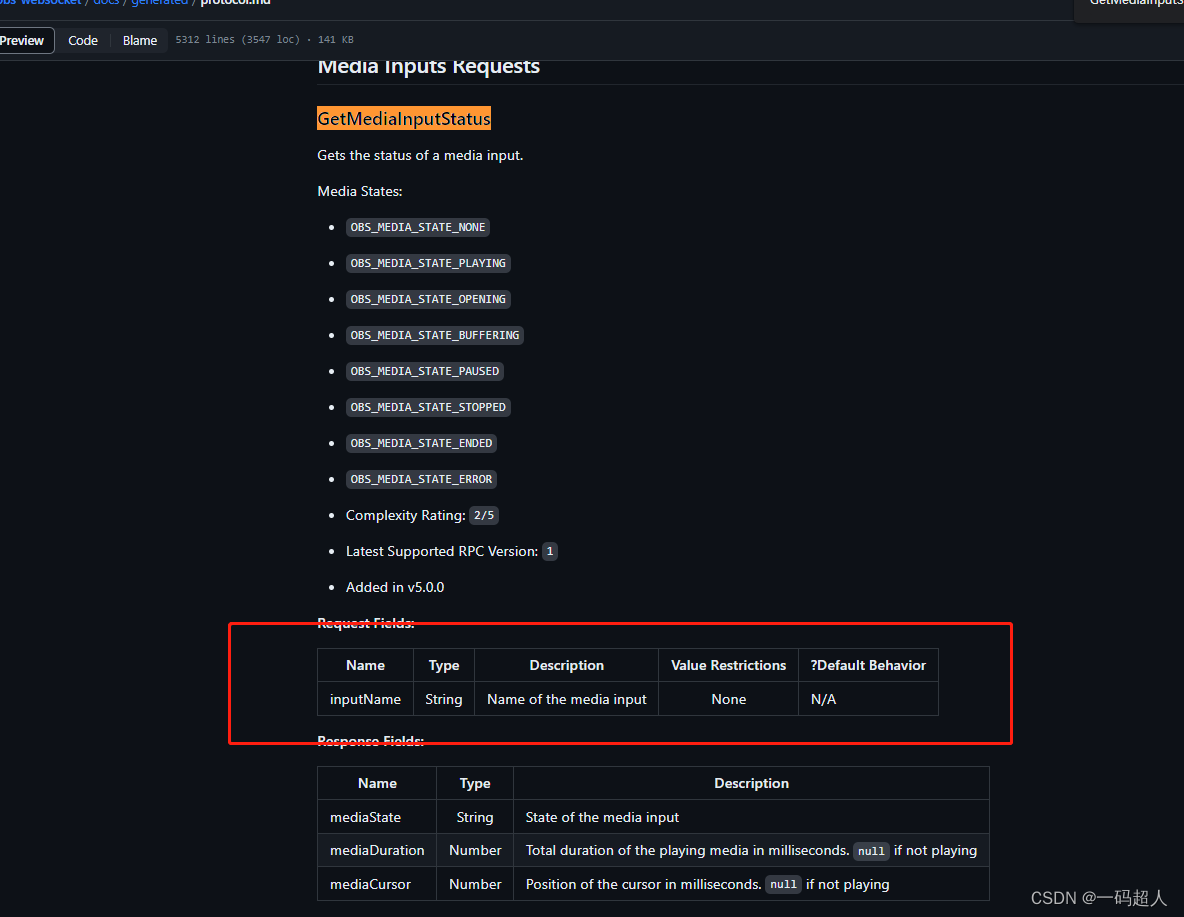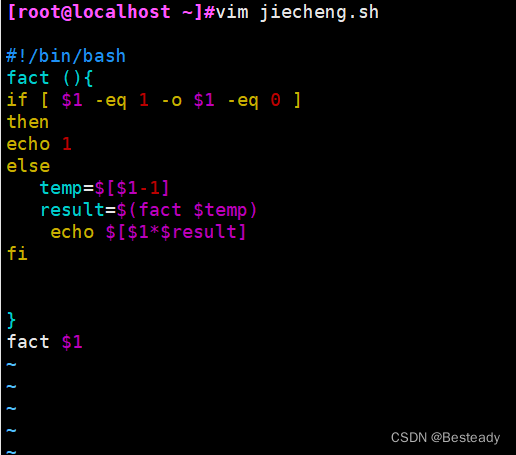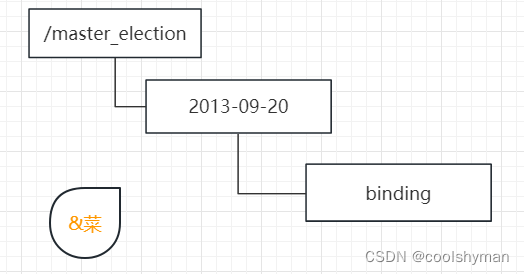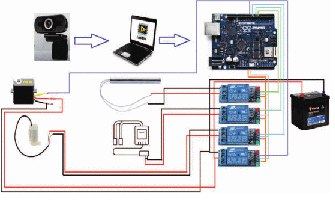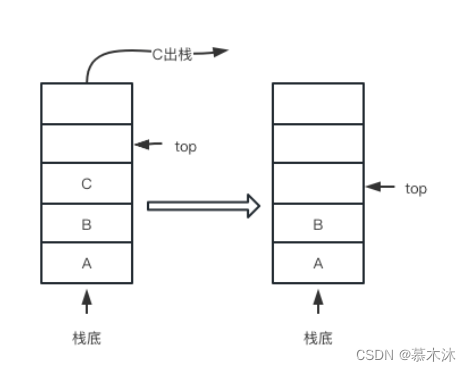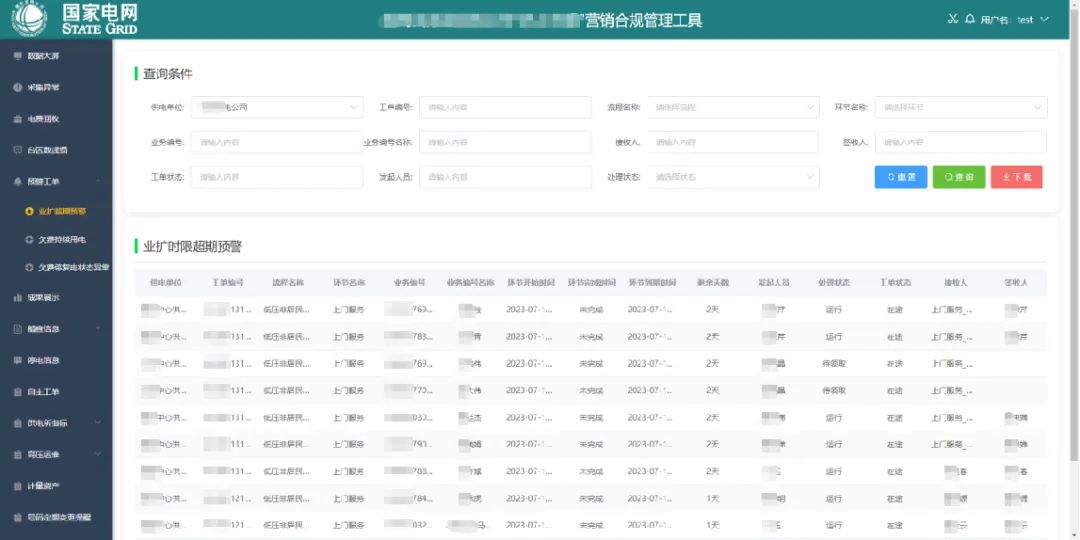目录
面试经典题目:
1. 什么是spring?你对Spring的理解?简单来说,Spring是一个轻量级的控制反转(IoC)和面向切面(AOP)的容器框架。
2.什么是IoC?你对IoC的理解?IoC的重要性?将实例化对象的权利从程序员手上交到spring容器控制
3.IoC的三种注入方式( 1、set注入 2、构造注入 3、自动装配)
3.1构造方法注入构造函数注入:通过构造函数来注入依赖对象。在类的构造函数中声明依赖对象的参数,并在容器中配置时提供相应的依赖对象。当创建对象实例时,容器会自动将依赖对象传递给构造函数,完成依赖注入。
4.Spring与web容器的整合 Spring与web容器的整合过程
5.总结
前言:
今天小编给大家带来一个开源框架的知识学习。希望你们看完我的这篇文章可以将提升你的一个开发的能力!
面试经典题目:
1. 什么是spring?你对Spring的理解?
简单来说,Spring是一个轻量级的控制反转(IoC)和面向切面(AOP)的容器框架。
Spring框架是 Java 平台的一个开源的全栈(full-stack)应用程序框架和控制反转容器实现,一般被直接称为 Spring。它由Rod Johnson创建,去搜索了它的资料很难想象Rod Johnson之前是学音乐。该框架的一些核心功能理论上可用于任何 Java 应用,它还为基于Java企业版平台构建的 Web 应用提供了大量的拓展支持。Spring 没有直接实现任何的编程模型,但它已经在 Java 社区中广为流行,基本上完全代替了 企业级JavaBeans(EJB)模型。
目的:解决企业应用开发的复杂性
功能:使用基本的JavaBean代替EJB,并提供了更多的企业应用功能
如下图(Spring所包含的功能):
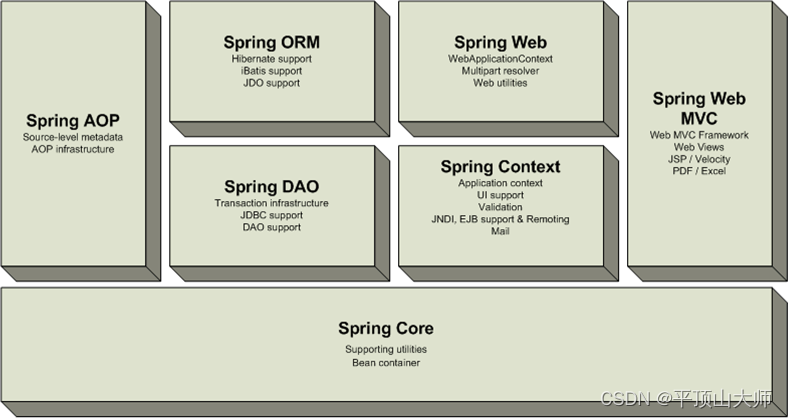
关于IoC,AoP介绍
控制反转(IoC):Spring通过IoC容器管理应用程序中的对象依赖关系。它将对象的创建、组装和管理工作交给了容器,开发人员只需要关注业务逻辑的实现。
面向切面编程(AOP):Spring支持AOP,可以将横切关注点(如日志记录、事务管理等)从业务逻辑中分离出来,提高代码的模块化和可重用性。
2.什么是IoC?你对IoC的理解?IoC的重要性?
将实例化对象的权利从程序员手上交到spring容器控制
好处:使得横切逻辑与业务逻辑分离,提高了代码的模块化和可维护性。
例如:完成的需求:给客户添加一个文件上传的接口,实现文件上传的功能, 客户在使用了之后,觉得上传文件的速度太慢了,要求提升该功能的性能,我们使用了IoC就可以方便我们的需求添加,更改了。
3.IoC的三种注入方式( 1、set注入 2、构造注入 3、自动装配)
3.1构造方法注入
构造函数注入:通过构造函数来注入依赖对象。在类的构造函数中声明依赖对象的参数,并在容器中配置时提供相应的依赖对象。当创建对象实例时,容器会自动将依赖对象传递给构造函数,完成依赖注入。
代码演示:
package com.lya.ioc;
/**
* @author 程序猿-小李哥
* @site www.xiaolige.com
* @company 猪八戒有限集团
* @create 2023-08-15-14:42
*
* 用户更改信息的接口
*/
public interface UserService {
public void update();
}
实现类:
package com.lya.ioc.service.impl;
import com.lya.ioc.UserService;
/**
* @author 程序猿-小李哥
* @site www.xiaolige.com
* @company 猪八戒有限集团
* @create 2023-08-15-14:44
*/
public class UserServiceImpl1 implements UserService {
public void update() {
System.out.println("更改个人信息");
// System.out.println("上传头像功能");
}
}
编写控制器(action)进行调用并编写无参和有参构造方法
package web;
import com.lya.ioc.UserService;
import com.lya.ioc.service.impl.UserServiceImpl1;
/**
* @author 程序猿-小李哥
* @site www.xiaolige.com
* @company 猪八戒有限集团
* @create 2023-08-15-15:19
*/
public class UserAction {
private UserService userService = new UserServiceImpl1();
public String update(){
userService.update();
return "list";
}
}
定义Bean:在spring.xml文件中,可以使用XML配置元素来定义应用程序中的Bean对象。通过配置Bean的类路径、构造函数,Spring容器可以根据配置文件中的定义来创建和管理Bean对象。
配置依赖注入:spring.xml文件可以指定Bean之间的依赖关系,通过配置构造函数注入,将依赖的Bean (userService) 注入到目标Bean (userAction) 中,实现依赖注入。这样可以实现对象之间的解耦,提高代码的灵活性和可测试性。
<?xml version="1.0" encoding="UTF-8"?>
<beans xmlns="http://www.springframework.org/schema/beans"
xmlns:xsi="http://www.w3.org/2001/XMLSchema-instance"
xsi:schemaLocation="http://www.springframework.org/schema/beans http://www.springframework.org/schema/beans/spring-beans.xsd">
<bean class="com.ycxw.ioc.web.UserAction" id="userAction">
<constructor-arg name="userService" ref="userService"></constructor-arg>
</bean>
<bean class="com.ycxw.ioc.service.impl.UserServiceImpl1" id="userService"></bean>
</beans>3.2 setter方法注入
通过setter方法来注入依赖对象。在类中定义相应的setter方法,并在容器中配置时使用相应的属性或标签指定依赖对象。当创建对象实例后,容器会调用相应的setter方法,将依赖对象注入到对象中。
示例代码:
1. 修改了控制器(action)
public class UserAction { private UserService userService; private String uname; private int age; private List<String> hobby; public void test2() { System.out.println(this.uname); System.out.println(this.age); System.out.println(this.hobby); } public UserAction(String uname, int age) { super(); this.uname = uname; this.age = age; } public UserAction() { super(); }
2. 修改了bean注入的方式 (property)
<?xml version="1.0" encoding="UTF-8"?>
<beans xmlns="http://www.springframework.org/schema/beans"
xmlns:xsi="http://www.w3.org/2001/XMLSchema-instance"
xsi:schemaLocation="http://www.springframework.org/schema/beans http://www.springframework.org/schema/beans/spring-beans.xsd">
<bean class="com.ycxw.ioc.web.UserAction" id="userAction">
<property name="userService" ref="userService"></property>
<bean class="com.ycxw.ioc.service.impl.UserServiceImpl1" id="userService"></bean>
</beans>3.3 接口注入(自动分配)
三、这里请注意byType 和 byName 的区别:
1. byType(按类型自动装配):
在byType模式下,Spring容器会根据属性的类型来查找与之匹配的Bean,并将其自动注入到对应的属性上。
例如,如果一个属性的类型为userService,Spring容器会查找实现了userService接口的Bean,并将其注入到该属性上。
要使用byType模式,目标Bean的属性类型必须与其他Bean的类型匹配,并且在容器中只能有一个匹配的Bean。
2. byName(按名称自动装配):
在byName模式下,Spring容器会根据属性的名称来查找与之匹配的Bean,并将其自动注入到对应的属性上。
例如,如果一个属性名为myBean,Spring容器会查找名称为myBean的Bean,并将其注入到该属性上。
要使用byName模式,目标Bean的属性名称必须与其他Bean的名称匹配。
4.Spring与web容器的整合
Spring与web容器的整合过程
Why: 建模的过程是十分耗时的
解决问题:
1、建模必不可少
2、建模要保证只执行一次
3、建模后期望在在每一个servlet都能够拿到Spring的上下文对象ClassPathXmlApplicationContext
How:
1、监听器的初始化方法
2、Spring的上下文 要存放在tomacat上下文中
DemoServlet :
package com.lya.ioc.demo; import java.io.IOException; import javax.servlet.ServletException; import javax.servlet.ServletRequest; import javax.servlet.ServletResponse; import javax.servlet.annotation.WebServlet; import javax.servlet.http.HttpServlet; import org.springframework.context.support.ClassPathXmlApplicationContext; import com.ycx.web.UserAction; @WebServlet("/springDemo") public class DemoServlet extends HttpServlet{ @Override public void service(ServletRequest req, ServletResponse res) throws ServletException, IOException { // ClassPathXmlApplicationContext context = new ClassPathXmlApplicationContext("/spring-context.xml"); ClassPathXmlApplicationContext context =(ClassPathXmlApplicationContext) req.getServletContext().getAttribute("springContext"); UserAction userAction = (UserAction) context.getBean("userAction"); userAction.list(); super.service(req, res); } }
配置监听
package com.lya.ioc.listener;
import javax.servlet.ServletContext;
import javax.servlet.ServletContextEvent;
import javax.servlet.ServletContextListener;
import org.springframework.context.support.ClassPathXmlApplicationContext;
import com.ycx.web.UserAction;
public class SpringLoadListener implements ServletContextListener{
@Override
public void contextInitialized(ServletContextEvent sce) {
System.out.println("初始化......");
// 拿到Spring的上下文
ClassPathXmlApplicationContext context = new ClassPathXmlApplicationContext("/spring-context.xml");
// 将Spring上文保存到Tomcat上下文中
ServletContext servletContext=sce.getServletContext();
servletContext.setAttribute("springContext", context);
}
}<web-app xmlns="http://xmlns.jcp.org/xml/ns/javaee"
xmlns:xsi="http://www.w3.org/2001/XMLSchema-instance"
xsi:schemaLocation="http://xmlns.jcp.org/xml/ns/javaee http://xmlns.jcp.org/xml/ns/javaee/web-app_3_1.xsd"
version="3.1">
<display-name>Archetype Created Web Application</display-name>
<listener>
<listener-class>com.ycx.ioc.listener.SpringLoadListener</listener-class>
</listener>
</web-app>5.总结
1、Spring的作用
它是一个容器框架 用来整合其他的第三方框架有两大核心组件:IOC和aop
2、IOC的作用
特点:依赖注入、控制反转控制反转:将创建对象的权利,由程序员手动new对象的权利交给Spring容器
优点:便于维护,拥抱变化
3、依赖注入的方式
set注入构造注入
自动装配
4、自动装配
byName:根据bean的id在Spring的上下文进行寻找byType:根据属性接口在Spring上下文找对应的接口实现类
5、Spring与web整合

